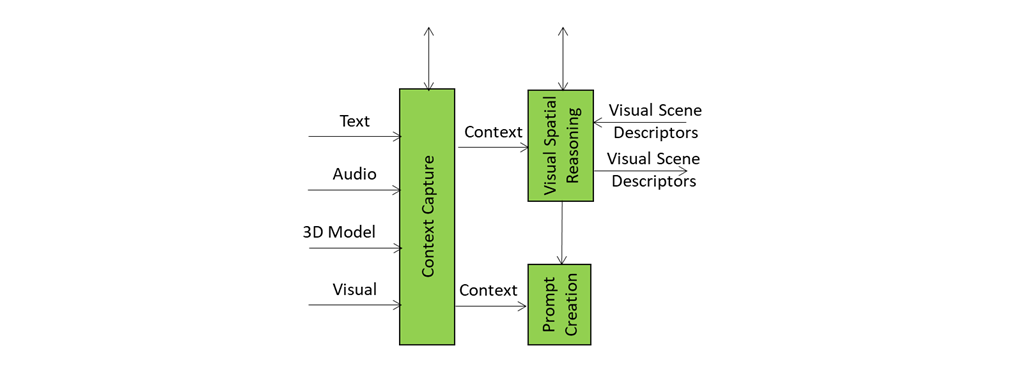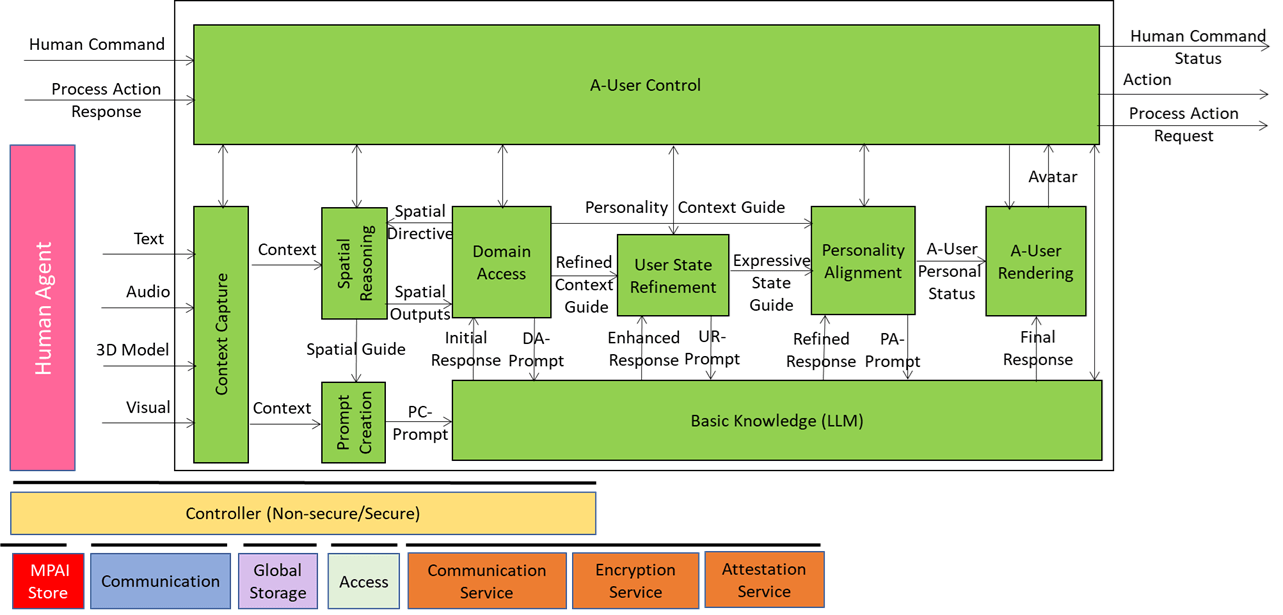MPAI publishes the Company Performance Prediction V2.0 standard with a Request for Community Comments
Geneva, Switzerland – 17th December 2025. MPAI – Moving Picture, Audio and Data Coding by Artificial Intelligence – the international, non-profit, unaffiliated organisation developing AI-based data coding standards – has concluded its 63rd General Assembly (MPAI-63) publishing Version 2.0 of the Company Performance Prediction standard (CUI-CPP).
Technical Specification: Compression and Understanding of Industrial data (MPAI-CUI) – Company Performance Prediction (CUI-CPP) V2.0 is a significantly beefed-up version of the standard published in 2021. It assumes that the company, whose performance is assessed in a specified prediction horizon, provides data concerning its governance, its finances, and its risks. Governance and finances are described based on internationally recognised standards. Risks are divided into two categories: Primary Risks, i.e., risks for which a neural network model is available and can legally be used in the relevant jurisdiction, and Secondary Risks, provided by company statements pertaining to the perceived first-level Risks of the CUI-CPP Risk Taxonomy.
A first set of CUI-CPP outputs is given by: company organisation score, probability of default due to Primary Risks, probability of business discontinuity due to Primary and Secondary Risks, and business discontinuity probabilities. The second set of outputs is given by: impact that each Governance Descriptor has on the company organisation score; impact that each Governance and Financial Descriptor has on the Primary Discontinuity Probability; and impact that each Primary Risk Descriptor has on the Primary Discontinuity Probability.
Here is an Introduction to CUI-CPP V2.0.
A public online presentation of the CUI-CPP V2.0 standard will be held on 30 January 2026 at 16 UTC. Register here to attend.
MPAI is continuing the development of its work plan that involves the following activities:
- AI Framework (MPAI-AIF): extending the MPAI-AIF specification to enable a client to access a remote MPAI-AIF Controller and an AI Module to communicate data to another AIM with associate metadata.
- AI for Health (AIH-HSP): developing the specification of a system receiving and processing licenses AI Health Data and enabling clients to improve health processing models via federated learning.
- Context-based Audio Enhancement (CAE-USC): developing the Audio Six Degrees of Freedom (CAE-6DF) and the Audio Object Rendering (CAE-AOR) specifications.
- Connected Autonomous Vehicle (CAV-TEC): developing a new version of the flagship specification CAV-TEC with security support.
- Compression and Understanding of Industrial Data (CUI-CPP): expecting comments on the Company Performance Prediction V2.0 specification.
- End-to-End Video Coding (MPAI-EEV): exploring the potential of AI-based End-to-End Video coding in compressing video sequences.
- AI-Enhanced Video Coding (MPAI-EVC): exploring use of AI to enhance the video codec performance.
- Governance of the MPAI Ecosystem (MPAI-GME): operating the MPAI Ecosystem per the MPAI-GME Specification.
- Human and Machine Communication (MPAI-HMC): exploring the use of AI in human-to-machine and machine-to-machine communication.
- Multimodal Conversation (MPAI-MMC): exploring the impact of the PGM-AUA Call for Technologies on human-to-machine and machine-to-machine
- MPAI Metaverse Model (MMM-TEC): developing security-protected protocols in the MMM-TEC specification.
- Neural Network Watermarking (NNW-TEC): Developing the new Neural Network Watermarking (MPAI-NNW) – Technologies (NNW-TEC) including assessments of Neural Network Traceability Technologies.
- Object and Scene Description (MPAI-OSD): discussing the impact of MPAI standards planned or under development on MPAI-OSD V1.4.
- Portable Avatar Format (MPAI-PAF): discussing the impact of MPAI standards planned or under development on MPAI-PAF V1.5.
- AI Module Profiles (MPAI-PRF): extending the scope of the current version of AI Module Profiles.
- Server-based Predictive Multiplayer Gaming (MPAI-SPG): exploring new standard opportunities in the domain.
- Data Types, Formats, and Attributes (MPAI-TFA) extending the standard to data types used by MPAI standards that are planned or under development.
- XR Venues (XRV-LTP): developing the standard for improved execution of Live Theatrical Performances using AI.
Legal entities and representatives of academic departments supporting the MPAI mission and able to contribute to the development of standards for the efficient use of data can become MPAI members. New members joining before 31st December 2025 have their membership extended until 31st December 2026.
Please visit the MPAI website, contact the MPAI Secretariat for specific information, subscribe to the MPAI Newsletter and follow MPAI on social media: LinkedIn, Twitter, Facebook, Instagram, and YouTube.

















